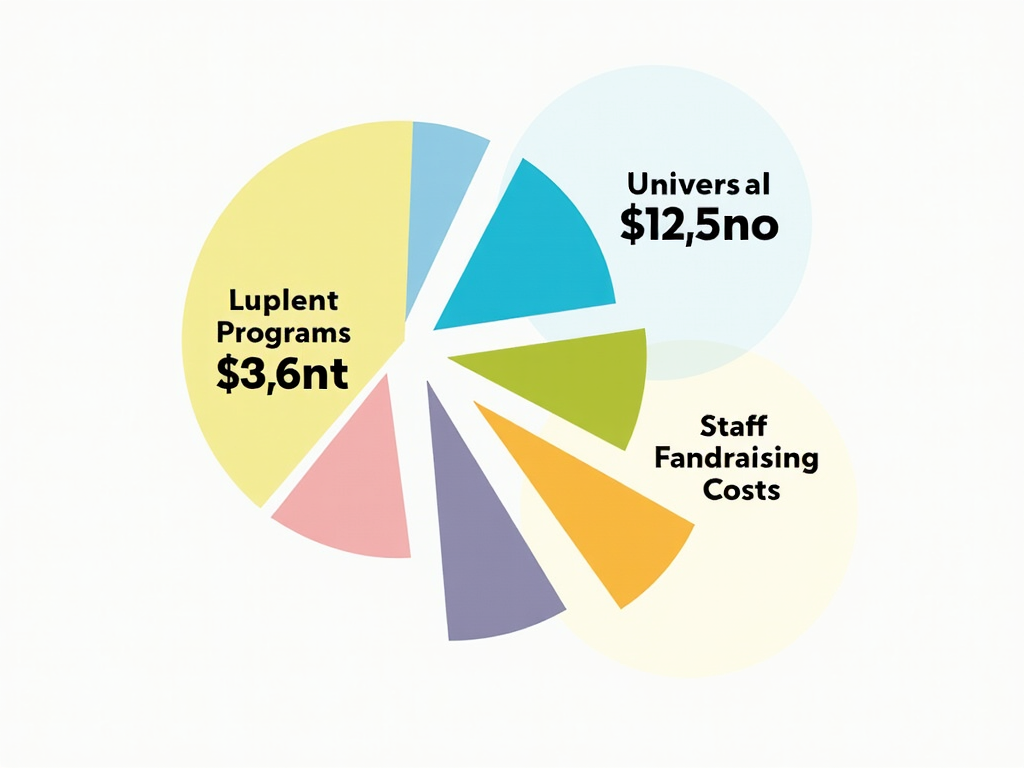Mastering Financial Management for Non-Profit Organizations: A Comprehensive Guide
By , June 28, 2025
Non-profit organizations do incredible work, but their success hinges on solid financial management. This article dives into the essentials of non-profit organization financial management, offering practical tips, real-life stories, and proven strategies to help your organization thrive while staying true to its mission.

What Is Non-Profit Financial Management?
Financial management for a non-profit organization is all about handling money wisely to support its goals. Unlike businesses chasing profits, non-profits focus on impact. That means tracking every dollar, meeting donor rules, and showing results to keep trust alive.
Here’s what it covers: - Budgeting: Planning how to spend and save based on your mission. - Fundraising: Finding money from different places like donors or events. - Compliance: Following laws and rules, like tax forms or grant terms. - Transparency: Being open about where the money goes.
A big piece is knowing restricted funds (money tied to a specific use) versus unrestricted funds (money you can use freely). Mixing them up can cause trouble, so clarity is key.
I once helped a tiny nonprofit that almost lost a grant because they didn’t track restricted funds right. We set up a simple spreadsheet, and suddenly, everything clicked. Small steps can make a huge difference.

Top Tips for Managing Finances
Want your nonprofit organization to stay strong? Try these ideas:
-
Make a Clear Plan: Set goals for the year and beyond. Guess your income and expenses, then tweak as you go.
-
Set Rules to Stay Safe: Split tasks so no one person controls all the money. For big checks, get two signatures. Check your books often.
-
Get Your Board Involved: Share easy-to-read financial updates with your board. Ask them to help plan and raise funds.
-
Use Tools: Pick software made for non-profits to track money fast and right.
-
Teach Your Team: Show staff and volunteers how money works in your group. It builds trust and smarts.
These steps keep your finances tight and your mission on track.
Years ago, I saw a nonprofit turn things around by using free accounting software. Before, they lost hours on paper ledgers. After, they had time to focus on helping people. Tools matter.

Common Problems and Fixes
Non-profits hit bumps with money. Here’s how to handle them:
- Up-and-Down Cash: Donations can dry up fast.
-
Fix: Save extra cash for tough times and find new funding, like events or sponsors.
-
Grant Rules: Some money comes with tricky strings.
-
Fix: Put one person in charge of following those rules.
-
Mission vs. Money: It’s tempting to spend big on programs.
-
Fix: Check if programs work well and cut what doesn’t.
-
Volunteer Skills: Helpers may not know finance stuff.
- Fix: Give them quick training and easy guides.
A study from the National Council of Nonprofits says 60% of non-profits wrestle with money woes because of limited know-how. That’s why planning ahead counts.

Volunteers: The Heart of Financial Success
Volunteers keep non-profits moving, and they can shine in financial management too. Here’s how to make it work:
- Find the Right People: Look for volunteers who get numbers or want to learn.
- Train Them: Hold short sessions on budgets or tracking cash.
- Back Them Up: Give clear steps and check in often so they feel good about it.
Volunteers can handle things like recording donations or writing grant reports. That frees staff to focus on the mission.
I’ve seen volunteers step up big time. One group I worked with had a retiree who loved spreadsheets. She took over their books, and soon they were running smoother than ever. Volunteers bring passion and skills.

A Real Story: Turning Things Around
Take the ABC Community Fund, a mid-sized non-profit. They leaned too hard on one grant and nearly sank when it ended. Then they got smart: they ran a crowdfunding drive, nabbed a local business sponsor, and set up better money tracking with audits. Donors loved the openness, and they’re still growing today.
This shows how non-profit organization financial management can save the day with effort and creativity.

Tools That Help
Here’s a quick table of handy resources:
| Tool | What It Does | Why It’s Good |
|---|---|---|
| QuickBooks Nonprofit | Tracks money and makes reports | Easy for beginners |
| Gusto | Pays staff and volunteers | Saves time on payroll |
| GrantHub | Manages grant applications | Keeps deadlines straight |
Check out IRS guidelines for non-profits to stay legal too.
Wrapping Up
Good financial management powers every nonprofit organization. It’s about using money well, tapping volunteers, and staying ready for surprises. With smart plans and a strong team, your group can keep making a difference.
Money isn’t the goal—it’s the tool to fuel your mission. Start small, stay steady, and watch your impact grow.
